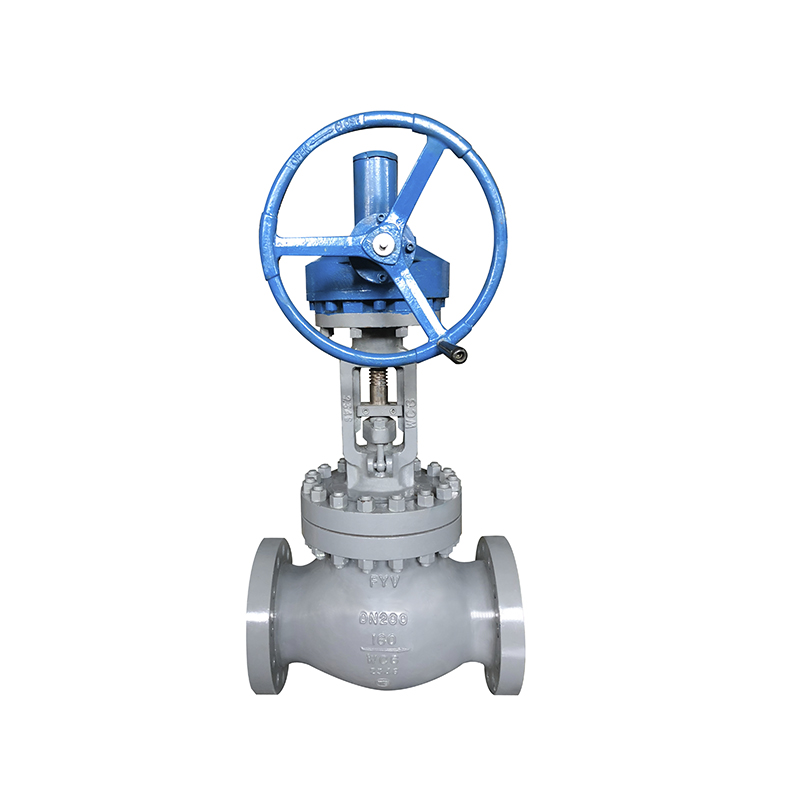2025-11-07
The stable performance of any oil and gas transportation network relies heavily on the working condition of its components, and the Oil Pipeline Valve serves as a critical element for flow control and medium isolation. Relying solely on reactive maintenance—addressing issues only after they occur—can no longer meet the demands of continuous operations. A shift in maintenance philosophy, supported by structured and actionable guidelines, plays a key role in prolonging the service life of these valves and effectively managing unplanned downtime, thus safeguarding the overall efficiency of the pipeline system.

Modern maintenance for Oil Pipeline Valves emphasizes a transition from rigid time-based schedules to a more flexible condition-oriented approach. This shift requires full consideration of each valve’s actual operating environment—such as the type of transported medium (crude oil, natural gas, or refined products) and operating pressure—and its historical performance records. The core goal is to schedule maintenance activities based on clear indicators of need (e.g., increased operating resistance, slight leakage) rather than fixed calendar dates.
This strategy helps use maintenance resources more effectively, as it avoids unnecessary disassembly of valves that are still in good working order and focuses efforts on those showing early signs of issues. Another fundamental aspect of this methodology is tailoring maintenance frequency and scope to the specific function and location of each valve: for example, valves in high-pressure sections or frequent-operation scenarios (such as pump station outlets) require more frequent attention than those in low-pressure, rarely adjusted segments.
Routine checks serve as the first line of defense against potential failures. Maintenance personnel should conduct visual inspections at regular intervals, focusing on key areas such as flange connections and stem seals to detect signs of external leakage (e.g., wetness, oil stains). They should also listen for unusual noises during valve operation—such as harsh friction sounds or intermittent vibrations—which may indicate internal component wear or foreign object jamming. Additionally, verifying that the valve’s position indicator (e.g., open/closed pointer, electronic display) matches the control system readings is essential to avoid misoperation due to indicator deviations.
For valves equipped with actuators (pneumatic, hydraulic, or electric), checks should also cover the actuator itself: inspecting for fluid leakage in hydraulic lines, air pressure stability in pneumatic systems, and tightness of electrical connections to ensure the actuator can respond promptly to control signals.
Planned tasks are equally critical to sustaining valve performance. Proper lubrication is a key part of this: selecting greases compatible with the valve’s design and service conditions (e.g., high-temperature grease for valves in heated pipeline sections) to protect moving parts (such as valve stems and gears) and maintain the integrity of seals. Adhering to the manufacturer’s recommendations for lubrication intervals and application methods—such as cleaning the lubrication port before refueling—prevents contamination of internal components.
Checking the tightness of critical bolts (e.g., bonnet bolts, flange connection bolts) is another important task. Over time, temperature fluctuations and vibration can loosen bolts, leading to leakage; ensuring bolts are tightened to the appropriate specifications helps maintain seal integrity. For Emergency Shutdown Valves (ESDVs), conducting partial-stroke tests is a practical way to verify functionality without fully closing the valve (which would interrupt pipeline flow). These tests involve operating the valve through a certain proportion of its full stroke to confirm that the actuator, seals, and internal mechanisms are working properly, ensuring the valve is ready for use in emergencies.
Operational practices directly influence the long-term performance of Oil Pipeline Valves. Avoiding rapid opening and closing of valves is one key practice: sudden operation can cause pressure surges within the pipeline, which exert excessive stress on the valve’s seat, disc, and body, accelerating wear and increasing the risk of seal damage. Instead, valves should be operated at a steady pace to allow pressure to adjust gradually.
Ensuring the pipeline is free of debris before operating a valve is another critical step. Debris such as welding slag, rust particles, or sediment in the pipeline can be carried by the medium and scratch the valve’s sealing surfaces when the valve is opened or closed, compromising its sealing ability over time. Conducting pipeline cleaning (e.g., pigging) before commissioning a new valve or restarting a pipeline after maintenance helps prevent such damage.
Maintaining accurate and accessible records for each Oil Pipeline Valve is also essential. These records should document all inspection results, test data, maintenance activities, and repair details—including the date of each task, issues identified, and measures taken. This historical data provides a foundation for informed decision-making in future maintenance planning: for example, it can help identify patterns of wear (e.g., a valve requiring more frequent lubrication) or recurring issues (e.g., persistent leakage at a specific flange), allowing maintenance teams to take proactive measures such as replacing worn parts ahead of schedule.
Implementing a structured and thoughtful maintenance program for Oil Pipeline Valves is a practical step toward enhancing the overall integrity of the pipeline system. By centering on condition-based maintenance principles, adhering to detailed inspection and planned task schedules, and promoting standardized operational practices, pipeline operators can work toward the goals of extending valve service life and ensuring predictable system availability. This approach highlights the importance of proactive care in managing pipeline assets, turning maintenance from a "problem-solving" activity into a "risk-preventing" strategy that supports long-term operational stability.